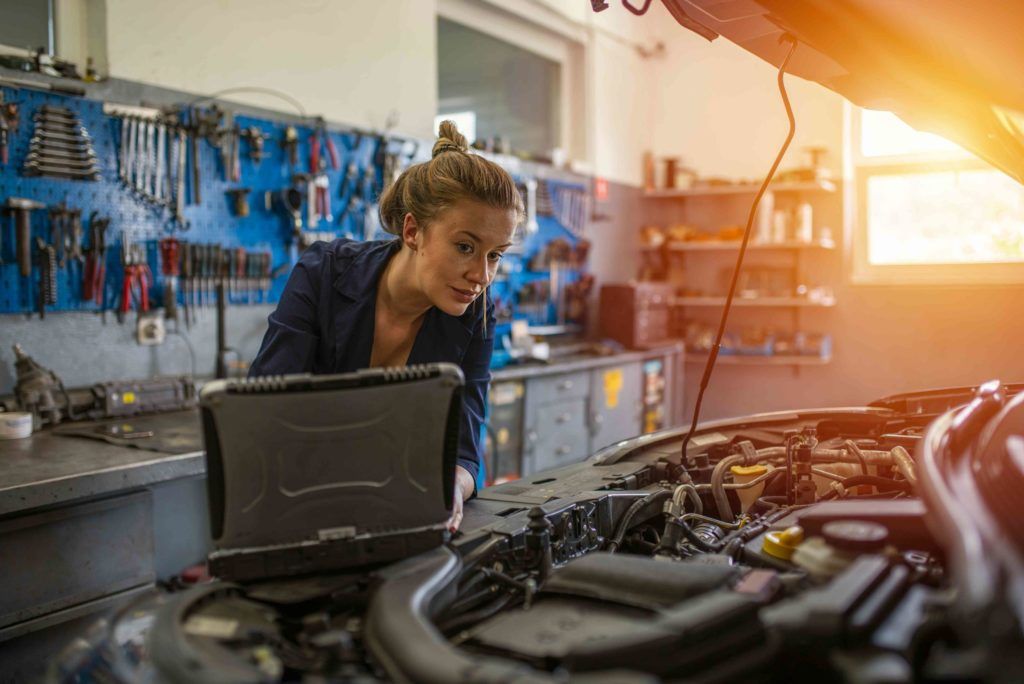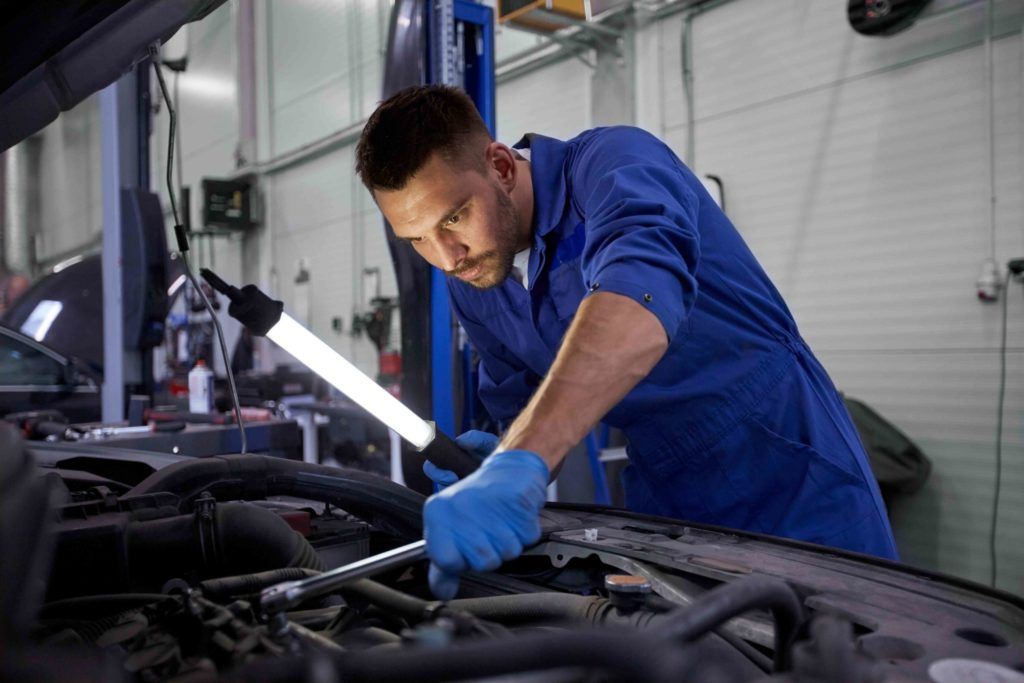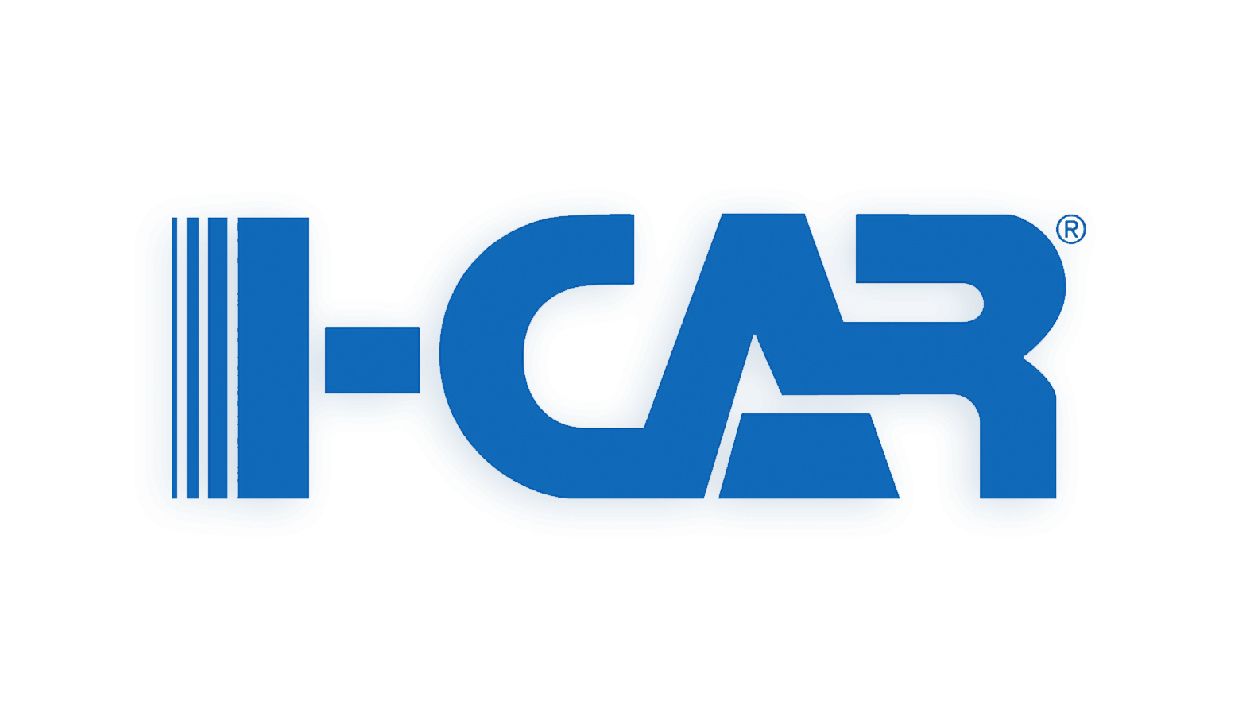February 6, 2025
When you think about car accidents, the first thing that might come to mind is the damage and repairs that follow. However, have you ever considered how the materials used in the construction of modern vehicles alter the landscape of collision repair? Advanced materials such as high-strength steel, aluminum, and carbon fiber , used in today’s cars, not only improve fuel efficiency but also enhance safety. As our vehicles evolve, so does the way we fix them. In this article, we’ll explore how these innovative materials are reshaping collision repair—transforming it into a more specialized field that requires new skills and knowledge for technicians.
The Role of Advanced Materials in Collision Repair
Advanced materials have not merely altered the aesthetic appeal or performance of vehicles; they have transformed collision repair itself. Using high-strength steel, aluminum alloys, and carbon fiber composites is an important part of designing vehicles because they offer huge weight savings (up to 30%) that improve fuel efficiency without affecting the vehicle’s structural integrity.
This means that not only do these materials make vehicles lighter, but they also contribute to a safer ride, effectively absorbing and dispersing energy during impacts.
Let’s consider how these materials improve overall safety. For example, Audi’s Ultra Advanced Materials are meticulously crafted with unique layering techniques designed to ensure that even the most severe collision forces won’t compromise their integrity. These innovations are crucial because they not only adhere to strict safety standards but also push the limits of what vehicles can endure in terms of impact. As we embrace technology, we also embrace greater responsibility.
With these advancements comes a noteworthy challenge; the complexity involved in repairing these materials requires specific skills and tools. This necessity for specialized knowledge means that many traditional shops might find themselves at a disadvantage, struggling to keep up with evolving automotive technologies.
Moreover, this debate around advanced materials reflects broader tensions in the industry. While some argue that modern vehicles’ intricate designs make repairs more difficult, others emphasize that proper training can turn this challenge into an opportunity for growth within collision repair facilities .

Benefits of Innovative Materials
Innovative materials offer several comprehensive benefits that not only improve vehicle design but also enhance the collision repair process. One of the key attributes is their ability to deliver improved durability and strength. For instance, high-strength steel (AHSS) and carbon fiber composites have revolutionized vehicle construction.
Studies reveal that vehicles manufactured with these advanced materials can withstand up to 50% more impact energy compared to their conventional steel counterparts. This means that during an accident, these materials do a better job of absorbing and redistributing force, ultimately providing occupants with greater protection. The use of such materials translates to safer roads for everyone.
But what does this mean for you as a driver? When a car made from lightweight yet durable materials like carbon fiber or high-strength steel is involved in a collision, the need for extensive repairs could reduce significantly. Given that repair costs can add up quickly, this feature enhances safety and offers potential economic benefits by lowering insurance premiums and repair expenses.
Fuel Efficiency
Fuel efficiency is another significant benefit connected to the adoption of innovative materials. Vehicles can significantly reduce their overall weight with lightweight materials like aluminum and magnesium alloys.
In fact, every 10% reduction in vehicle weight results in a remarkable 7% improvement in fuel economy. For day-to-day driving or long road trips, this improvement translates into more mileage per gallon, making your visits to the gas pump less frequent—a win-win for both your wallet and the environment.
While these benefits are groundbreaking, incorporating such materials into the repair process presents unique challenges that require specialized knowledge from technicians in the field. As these innovations reshape automotive engineering, they simultaneously redefine how we approach replacement and rehabilitative repair techniques within our shop environments.
Essential Techniques and Tools
First off, let’s talk about laser welding for aluminum . This method is gaining traction in auto body shops everywhere because aluminum is becoming increasingly prevalent in modern vehicles. Although its lightweight properties enhance fuel efficiency, its malleability makes it challenging to repair.
Laser welding provides a solution by generating high-intensity beams that heat and fuse aluminum pieces without compromising their structure. Unlike traditional welding methods that risk warping or creating weak joints, laser welding ensures precision and tighter bonds. These strong connections keep vehicles more resilient while upholding safety standards critical for every driver.
Building on this foundation, we turn our attention to resin transfer molding for carbon fiber. As one of the preferred materials in luxury and performance vehicles, carbon fiber’s strength is exceptional; however, repairing it can be intricate.
The resin transfer molding technique plays a pivotal role here because it involves injecting resin into molds containing carbon fiber layers at high pressure. This ensures a solid composite repair that retains the integrity of the original material. However, it’s essential that only trained technicians handle this process due to the high level of precision required—often translating into a significant investment in skill development and specialty tools.
Ultrasonic Welders and Adhesive Dispensers
Now you might be wondering what other tools support these innovative techniques. Specialized equipment like ultrasonic welders and adhesive dispensers are key players in effective advanced material repair. Ultrasonic welders utilize high-frequency vibrations to bond materials without heat damage, making them ideal for delicate components. Adhesive dispensers allow technicians to apply bonding agents with great accuracy, ensuring that gaps are filled optimally without excess or wastage.
These innovations don’t just enhance repair capabilities—they also improve turnaround times on customer vehicles, ultimately boosting satisfaction rates within your business. Additionally, as repair facilities adapt to include high-tech diagnostic tools, technicians can detect damage more accurately and gauge repair needs efficiently.

Future Technologies in Collision Repair
The collision repair sector is on the brink of remarkable innovations, making the process quicker, safer, and more cost-effective. One of the standout advancements is the integration of 3D printing technology. Imagine entering a shop where you can see parts printed right before your eyes! This capability offers tremendous potential for producing custom parts on demand. Not only does it reduce lead times drastically, but it also cuts costs significantly by minimizing waste and ensuring that each part is printed right before your eyes! Because of this, technicians will not have to spend extra time adjusting ill-fitting components.
While the excitement around 3D printing builds, another area catching the attention of researchers and professionals alike is smart materials.
Smart Materials
Smart materials promise to revolutionize collision repairs further. These innovative materials have the remarkable ability to “heal” themselves after suffering damage. Envision a car bumper that could return to its original shape after a minor dent! Currently, smart materials remain under research; however, their implementation could change the face of automotive repair dramatically. If these materials become mainstream, it may even eliminate certain repairs altogether, thus reducing costs and enhancing consumer satisfaction.
Yet, as with all advancements, there are challenges and considerations that come along. Adjustments in training techniques will be necessary to ensure technicians are well-versed in these modern methods and materials. Shops may need to invest accordingly not only in equipment but also in staff training programs focused on these technologies.
Together with innovations like advanced driver-assistance systems (ADAS) requiring specialized knowledge for repairs, the collision repair business is set for an evolution that aligns with the technological era we live in.
This continuous wave of innovation signals a promising horizon for collision repair shops. As these technologies become integrated into our everyday practices, they will not only streamline repair processes but also solidify safety protocols in handling contemporary vehicles—ultimately delivering a better customer experience alongside efficient operations.
Industry Impact
The rise of advanced materials is shifting the landscape of collision repair, impacting everything from how vehicles are manufactured to how they are restored after an accident. A key trend is the shift towards specialized repair shops.
No longer can traditional auto body shops rely solely on their general expertise; specialized repair centers focusing exclusively on advanced materials are now gaining prominence. These facilities invest heavily in training and state-of-the-art technology. With a dedicated team that understands the intricacies associated with high-strength steel, aluminum, carbon fiber, or even plastics, these shops not only enhance the quality of repairs but also ensure compliance with safety standards. This leads to a more efficient repair process and ultimately benefits both technicians and customers alike.
Furthermore, this transformation fosters an increase in collaborative efforts across the industry.
Collaboration between auto manufacturers and repair centers is becoming commonplace, as both parties recognize that ongoing education is essential for meeting evolving repair needs. Manufacturers often offer specialized training and certification programs designed to educate technicians on the specific materials and repair techniques pertinent to their vehicle models.
This is particularly crucial as newer vehicles increasingly incorporate sophisticated materials that require unique handling and expertise. For instance, at Ken Rocha Collision , we have formed partnerships with several leading auto manufacturers to provide our staff with targeted training opportunities. This ensures that our technicians are not only knowledgeable about the latest technologies but also adept at implementing best practices aligned with manufacturers’ standards.
As we contemplate these developments, it becomes clear that adaptation and innovation will be pivotal moving forward.
The Future of Advanced Materials in Collision Repair
Advanced materials in collision repair are revolutionizing vehicle restoration by providing stronger, lighter, and safer solutions. At Ken Rocha Collision , we stay ahead with the latest techniques to ensure high-quality repairs that last. Our team understands the complexities of modern materials and uses innovative technologies to restore your vehicle to its best condition. Whether it’s aluminum, carbon fiber, or high-strength steel, we have the expertise to handle it all. Trust us to provide precision repairs that maintain your car’s safety and value. Visit us at 555 Cranston Street, Providence, RI 02907 , or call (401) 222-2222 to schedule a free estimate today!
The post Advanced Materials in Collision Repair: Innovative Techniques and Technologies appeared first on Ken Rocha Collision.



